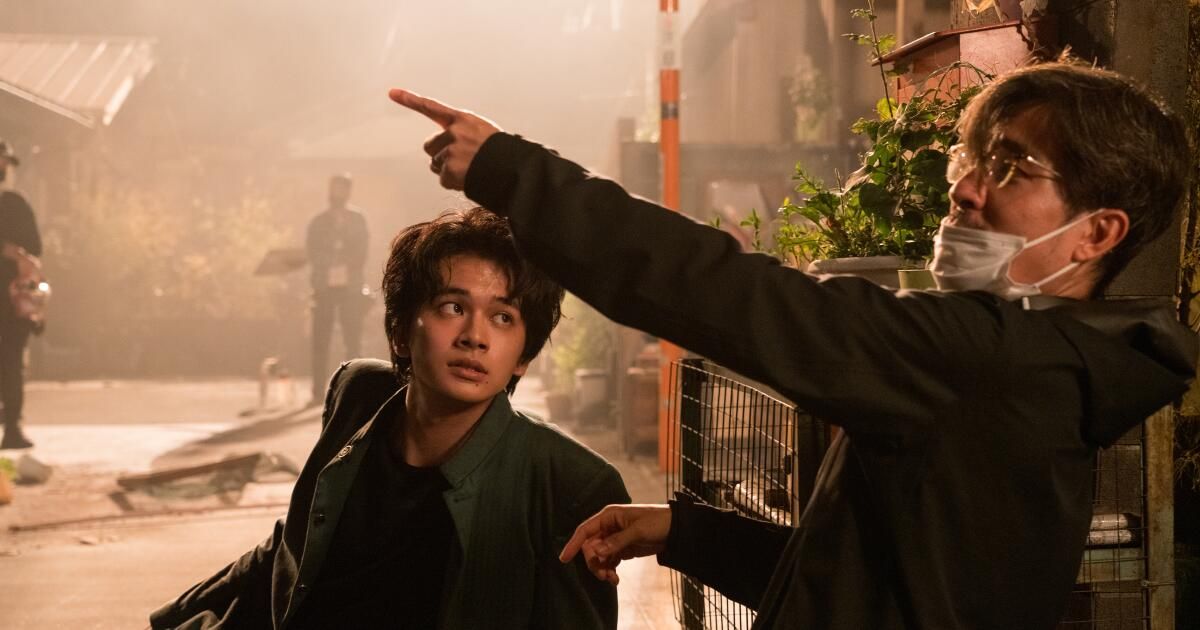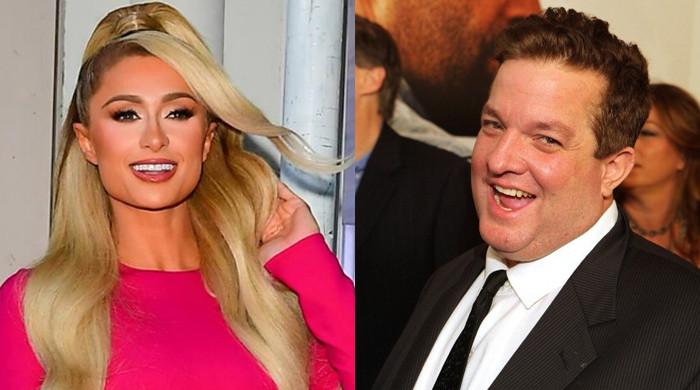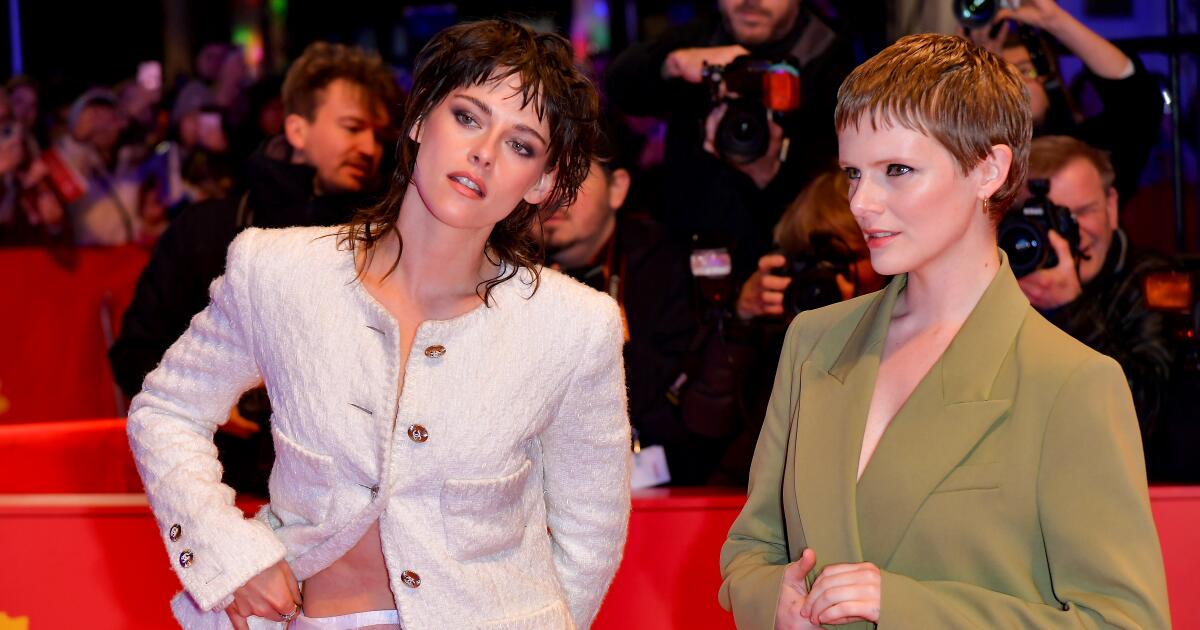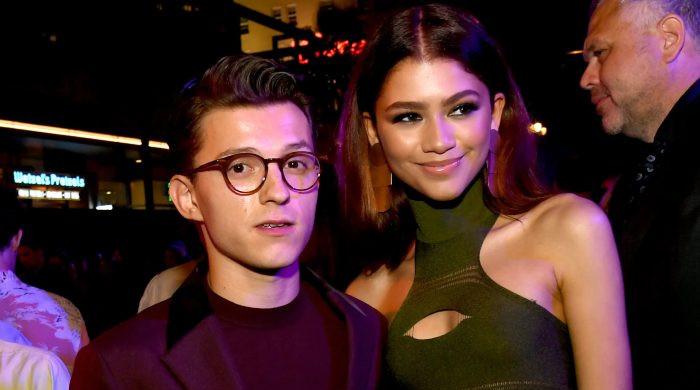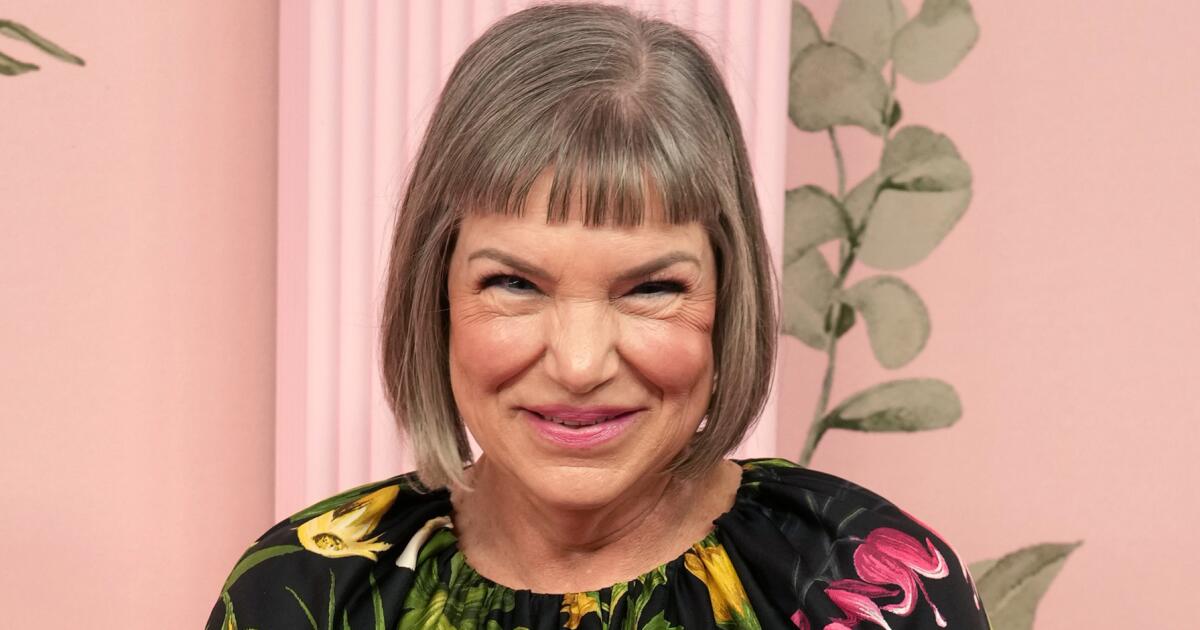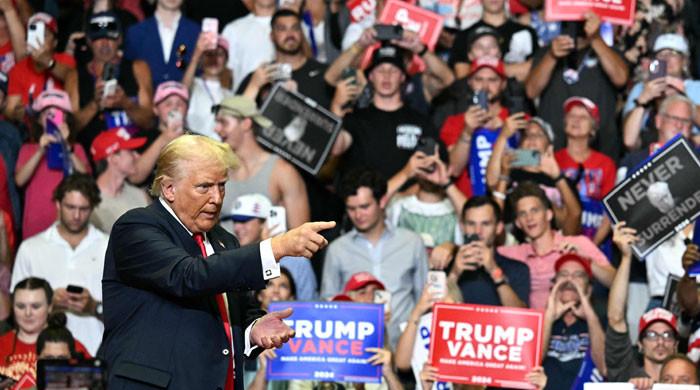When Netflix executives decided to make a live-action adaptation of the popular manga “Yu Yu Hakusho,” they knew it would have a built-in audience.
After all, the story, about a misfit teenager who is sent from the underworld to solve crimes and fight monsters, has gained fans around the world since its 1990 debut in a Japanese magazine (and later as an animated series on Cartoon Network).
So it was no surprise that the show became a hit with viewers after its debut on December 14. The Japanese production was the most watched non-English language program during the week of December 18 to 24, generating 6.2 million. views and is in the top 10 on non-English language television in 80 countries on Netflix.
A live event for the premiere of its series was the most watched for Netflix Japan, with 14,000 viewers tuning in simultaneously and more than 4 million views as of Dec. 19, the streamer said.
“I grew up with that IP, and I also love ‘Yu Yu Hakusho.’ And 20 years later, even the 19 manga volumes are still very popular here,” said Kaata Sakamoto, Netflix’s vice president of content for Japan. “People love it because the character is super attractive and the stories are attractive too.”
Live-action shows based on manga and anime in the past have not had a good track record in Hollywood. But some recent adaptations of popular titles, such as “Yu Yu Hakusho” and the pirate story “One Piece,” have been embraced by global audiences as new fans discover anime through large libraries offered on streaming services and Technology has advanced to more realistically display anime. demons and monsters in these stories.
Once relegated to small subsections of America’s book and video rental stores, manga and anime stories are becoming key to retaining and attracting customers on streaming services. Like Marvel superheroes, beloved books like “The Lord of the Rings,” or long-running sitcoms like “Friends,” popular anime and manga franchises have a large fan base built around characters. and worlds.
Netflix has given a big push to manga. Over the past five years, the Los Gatos, California-based streamer has released more than 10 Film and television adaptations based on popular Japanese manga or anime as global originals, including “One Piece” and the popular dystopian thriller “Alice in Borderland.” In December, Netflix also debuted a stop-motion show, “Pokémon Concierge.”
Additionally, Netflix released its own original anime, including “Blue Eye Samurai,” which was renewed for a second season in December, and reimagined the 2010 live-action Hollywood film “Scott Pilgrim vs. the World” in a November anime version called “Scott The Pilgrim Takes Off.”
“I’ve been saying, ‘Eventually people will find anime and manga, there will be a comic-book-like boom in that space of discovery and adaptation,’ and I think we’re in the middle of that,” said Matt Owens, co-showrunner and executive producer of the live-action adaptation of “One Piece.”
One draw for Netflix is that many manga stories already have a large global audience. For example, “One Piece,” a story about an unlikely group of friends who form a pirate crew, became a serialized comic in 1997 and has sold more than 516 million copies in 61 countries.
“One Piece,” which premiered Aug. 31, was the most-watched English-language show (getting 18.5 million views on Netflix) in its first week, the company said.
It also went to number one in 84 countries, “which is something ‘Stranger Things’ didn’t do; that ‘Wednesday’ didn’t work,” Netflix co-CEO Ted Sarandos said in an October earnings presentation. “And it’s very rare for an English show to be so popular in Japan, Korea, Brazil and the United States at the same time.”
Visual effects-heavy productions are not cheap to produce. The budget for “One Piece” was approximately $20 million per episode, according to an industry source who was not authorized to comment. Netflix declined to discuss the shows’ budgets.
But investment can pay dividends.
Since the majority of Netflix subscribers are located outside the U.S. and its additional subscribers come from abroad, investing in this category “is very important to its growth and retention strategies,” said Brandon Katz, strategist at the Parrot Analytics industry.
“They are attacking what has been a somewhat overlooked and undervalued intellectual property funnel in manga and anime,” Katz added. “These titles often have a pre-existing fan base for longer-running titles like ‘One Piece.’ “They can be multi-generational and, more importantly, have a more international bias.”
And market demand for anime content is strong. Studio Ghibli’s “The Boy and the Heron” recently became the first original anime film to top the domestic box office, grossing $12.8 million in its opening weekend.
Industry observers cite several factors for Netflix’s success in the genre: viewers’ greater openness to the use of subtitles and dubbing; improved technology to better convey the fantastical nature of manga characters; and hire people who are excited to work closely with the manga creators.
Sakamoto considers himself a fan.
When he was younger, his parents used to scold him for spending too much time reading manga instead of studying. He now helps bring those stories to Netflix.
“We have the best original stories in the world,” Sakamoto said, adding that manga and anime are part of “Japan’s treasure chest.”
Netflix is no newcomer to manga-inspired material. It licensed the quirky “Midnight Diner” in 2014. After its success in Japan and other Asian markets, Netflix distributed seasons 4 and 5 of the series as an original, starting in 2016.
In 2020, Netflix released its first original live-action adaptation of a manga series, “Alice in Borderland,” which has been renewed for a third season.
Gaining the trust of Japanese editors and authors who were unfamiliar with the Hollywood production process can be a challenge.
Five years ago, Sakamoto said Netflix presented a 50-page bible and pitch document to “Yu Yu Hakusho” editor and author Yoshihiro Togashi, which included character development, story structure, visual effects concepts and images. of world construction.
“His request was simple,” Sakamoto said. “Produce the best quality of the program because… that is legendary intellectual property.”
Bringing manga characters and their magical superpowers to life on television can also be a challenge, but improvements in visual effects have made the process easier.
To produce “Yu Yu Hakusho,” two Japanese actors who played key villains in the show came to Hollywood in February to film on a set with 170 cameras to capture their facial expressions, filming them in 360 degrees. The actors played the powerful Toguro brothers; one brother could quickly increase the size of his muscles and the other could quickly separate and reattach.
Using volumetric capture technology, multiple cameras “captured” the actors’ facial features and applied those computer-generated bodies, making them move like the demons imagined in the manga.
The visual effects technology came from Eyeline Studios, a division of Scanline VFX, which Netflix acquired in 2022. The production worked with 14 suppliers from several countries, including Japan.
“That opened up more local production to be able to do this, with IP that was VFX-heavy,” said Ryo Sakaguchi, the show’s VFX supervisor, who is also VFX supervisor/CG director for Scanline.
Not all anime and manga adaptations are home runs.
Past adaptations, like the Paramount Pictures release “Ghost in the Shell,” were box office flops, giving manga rights holders pause in handing over their beloved stories to Hollywood.
Winning over longtime fans can also be difficult.
Such was the case with Netflix’s 2021 live-action adaptation of the popular anime “Cowboy Bebop,” which features actor John Cho as a bounty hunter.
“Anime and manga fans are very passionate about the source material,” said Marty Adelstein, executive producer of “Cowboy Bebop.” “They want to see you true to the characters and in ‘Bebop’ we adapt the material and take a different direction.”
A different approach was taken with “One Piece,” which Adelstein’s company Tomorrow Studios also brought to Netflix.
On that project, there were many discussions with the manga’s author, Eiichiro Oda, to ensure that the characters were accurately reflected in the live-action version.
“[The] The DNA of the character and also their behavior are really important,” Sakamoto said. “We can’t change it. That is the key to all projects.”

